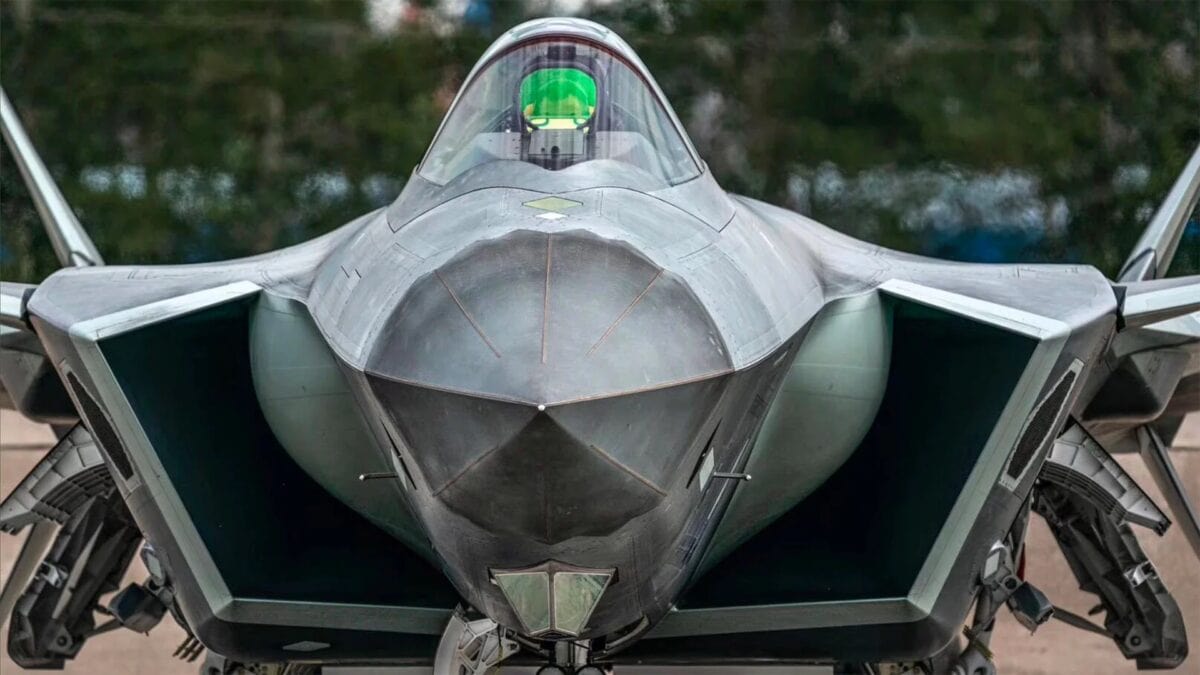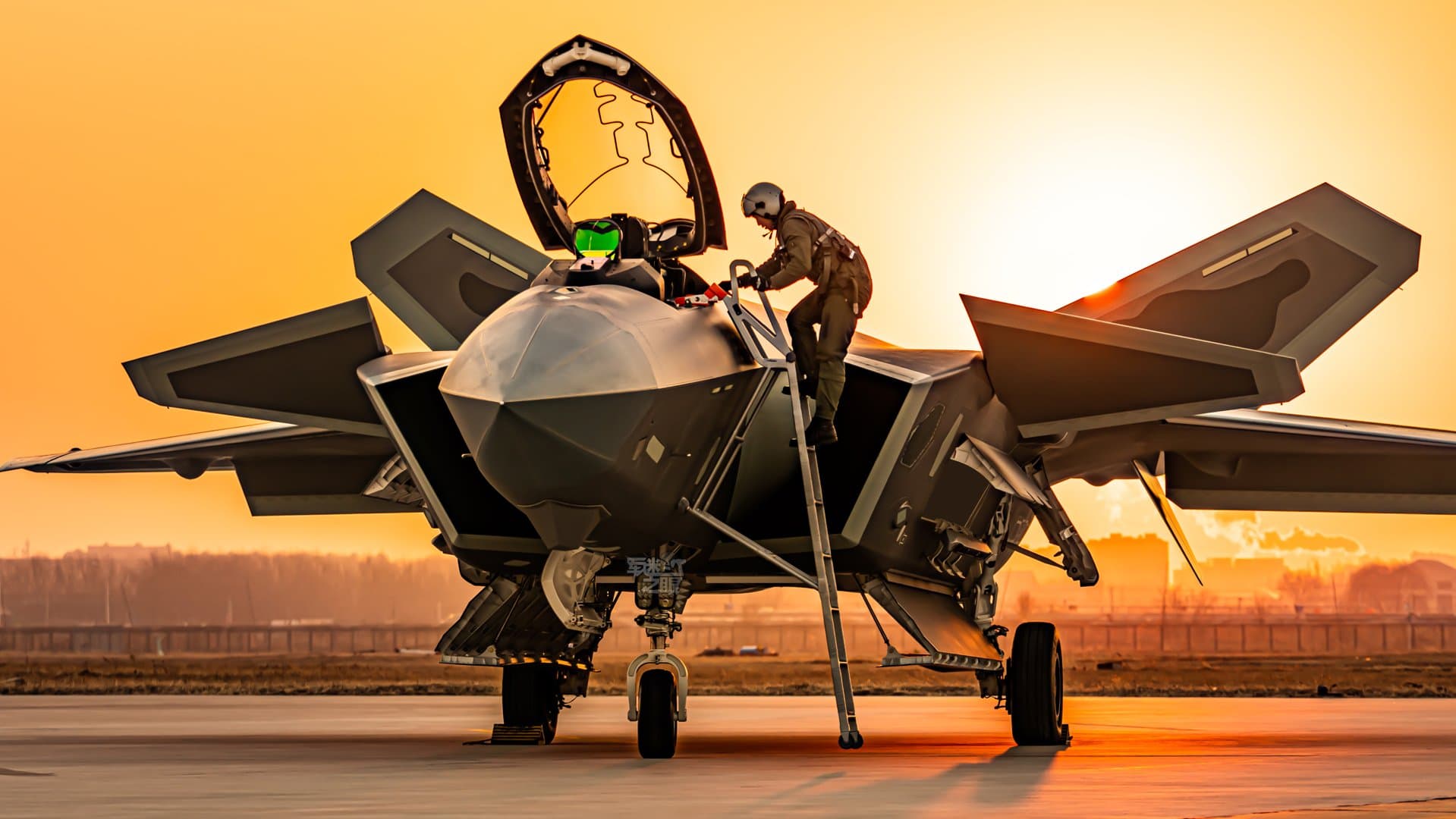Amid its ongoing military buildup, Beijing recently announced a 7.2 percent increase in its defense budget for 2024—reaching a new record. This plentiful military budget hike is the latest in a 20-year long streak of China’s hefty annual defense spending increases that far outpace America’s spending handcuffs, fits-and-starts, and delayed enactment of military spending.
Despite the Pentagon labeling China as the pacing threat, President Biden’s 2025 budget request, capped by spending limits negotiated in a previous debt ceiling deal, provides no real growth. The White House’s newest defense budget calls for a topline of $849.8 billion, a $7.8 billion (1%) increase over last year. Given that the Office of Management of Budget predicts inflation of 2.2 percent in 2025, this so-called ‘growth’ is a cut plain and simple for the US military.
In just the last 10 years, China’s defense spending has increased by over 50 percent from $132 billion in 2014 to $234 billion in 2024. In that same decade, China has seen an average of about eight percent defense budget growth per year, well over the rate of inflation.
By contrast, the Pentagon’s base budget has seen an average annual growth of roughly four percent over the same time period. While funding for overseas operations during the height of the wars and emergency spending provided additional growth over the last decade, defense appropriations have largely failed to offset rampant inflation in recent years. Furthermore, funding increases have been sporadic and varied from year to year, complicating the Pentagon—and industry’s—ability to plan ahead.
On average, China’s military budget is increasing at nearly double the rate of the United States’ defense budget. Nor is this estimate fulsome since China is not transparent with its total military spending, and the actual size of Beijing’s military budget is likely far larger than publicly stated. The Pentagon asserts that China’s military spending “could be significantly higher than its officially announced defense budget.”
Continuous annual defense budget increases also continue to benefit China’s long-term military budget growth. If increases in Chinese military spending are compounded year-over-year throughout the past decade, China’s spending sees 231 percent compound growth to its topline defense budget. Meanwhile, if the same calculation is applied to US defense spending, this compounded growth rate comes out to 164 percent. This significant gap in compound growth—67 percent—demonstrates that though the Pentagon has received sporadic bouts of budget bumps above inflation, China’s consistent investment creates greater long-term gains.

Meanwhile, US military planners are falling behind China as they reckon with the effects of the funding dearth created by the legacy the Budget Control Act of 2011, which imposed nearly a decade of cost-cutting under budget caps and sequestration on the Pentagon. Though bipartisan deals offset some of the funding cuts that fell on the Pentagon, the 2018 National Defense Strategy Commission found that funding constraints imposed between 2011 and 2019 resulted in a compounded $539 billion in spending reductions to the base national defense budget below expected growth levels under then-Defense Secretary Robert Gates’ plan.
This figure doesn’t even factor in billions in lost buying power the Pentagon has endured through lengthy continuing resolutions and government shutdowns. Considering the Pentagon has spent nearly a collective five of the last 15 years under a spending freeze and unable to progress forward with new technology and equipment during that time, this amounts to billions in lost and misaligned start-and-stop funding which continues to force the Defense Department “to operate with one hand tied behind our back for months out of the year.”
These unseen but important budgetary ruts will continue to grow more expensive as the US military, which continues to live off the Reagan build-up of the 1980s, continues to age and shrink. On average, an Air Force aircraft is over 30 years old and many Navy warships are rapidly approaching the end of their service lives. Budgets without real growth often see retirements outpace procurement, resulting in a shrinking force.
The budget-capped request for next year similarly will continue to exacerbate this downward trend across the armed forces. The budget requests just six new battleforce ships in the next year – the lowest request since 2006, while retiring 19. Air Force fighter procurement has been slashed, pushing purchases of next generation of fighters further to the distant future, while again requesting to retire nearly twice as many aging aircraft. The Army, alongside shrinking in end strength, sees cuts across ground vehicle procurement, including reduced modernization for existing vehicles and diminished spending for their future replacements.
These decisions, directly stemming from budgetary constraints, will have lasting effects on competition with China.
A decade ago, China surpassed the United States as the world’s largest navy, with a fleet estimated to be north of 370 warships, and continues to lay down warships at rapid clip. The Chinese Navy grew by 30 ships last year, now including modern aircraft carriers as well as modern cruisers and destroyers. Furthermore, China now fields an estimated 1,900 fighters in their air force, and increasingly modernized and capable ground forces according to the Pentagon’s latest report on China’s military power.
With partial credit to robust, continued growth in military spending, China is actually even pulling ahead of the United States in many key fields of military capability such as hypersonic missile development. Despite the fact that China represents the “…most consequential strategic competitor for coming decades” according to the National Defense Strategy, China continues to surge ahead and build its budgetary—and hard power—advantages.
Though topline US military spending may be marginally greater than that of China, failure to provide the force with real growth above inflation yet again will continue to chip away at US combat power and further reduce funds needed for new equipment, technology and posture.
To better compete with China, Congress should ditch the budget caps and provide the military with real budgetary growth. Failure to adequately fund the armed forces now will result in more expensive future bills and allow China to continue pulling ahead.
About the Author
Now a 19FortyFive Contributing Editor, Mackenzie Eaglen is a senior fellow at the American Enterprise Institute (AEI), where she works on defense strategy, defense budgets, and military readiness. She is also a regular guest lecturer at universities, a member of the board of advisers of the Alexander Hamilton Society, and a member of the steering committee of the Leadership Council for Women in National Security.

